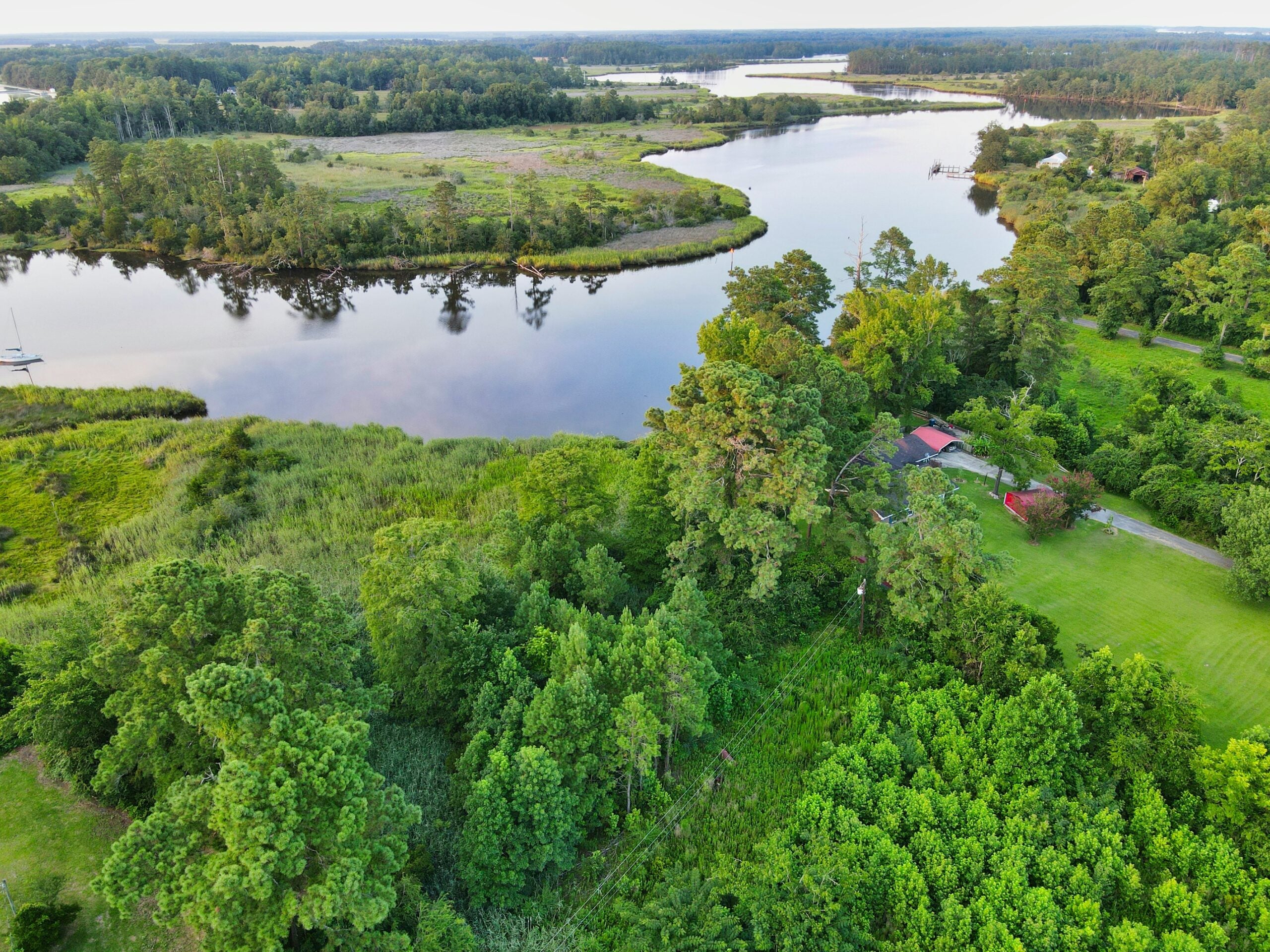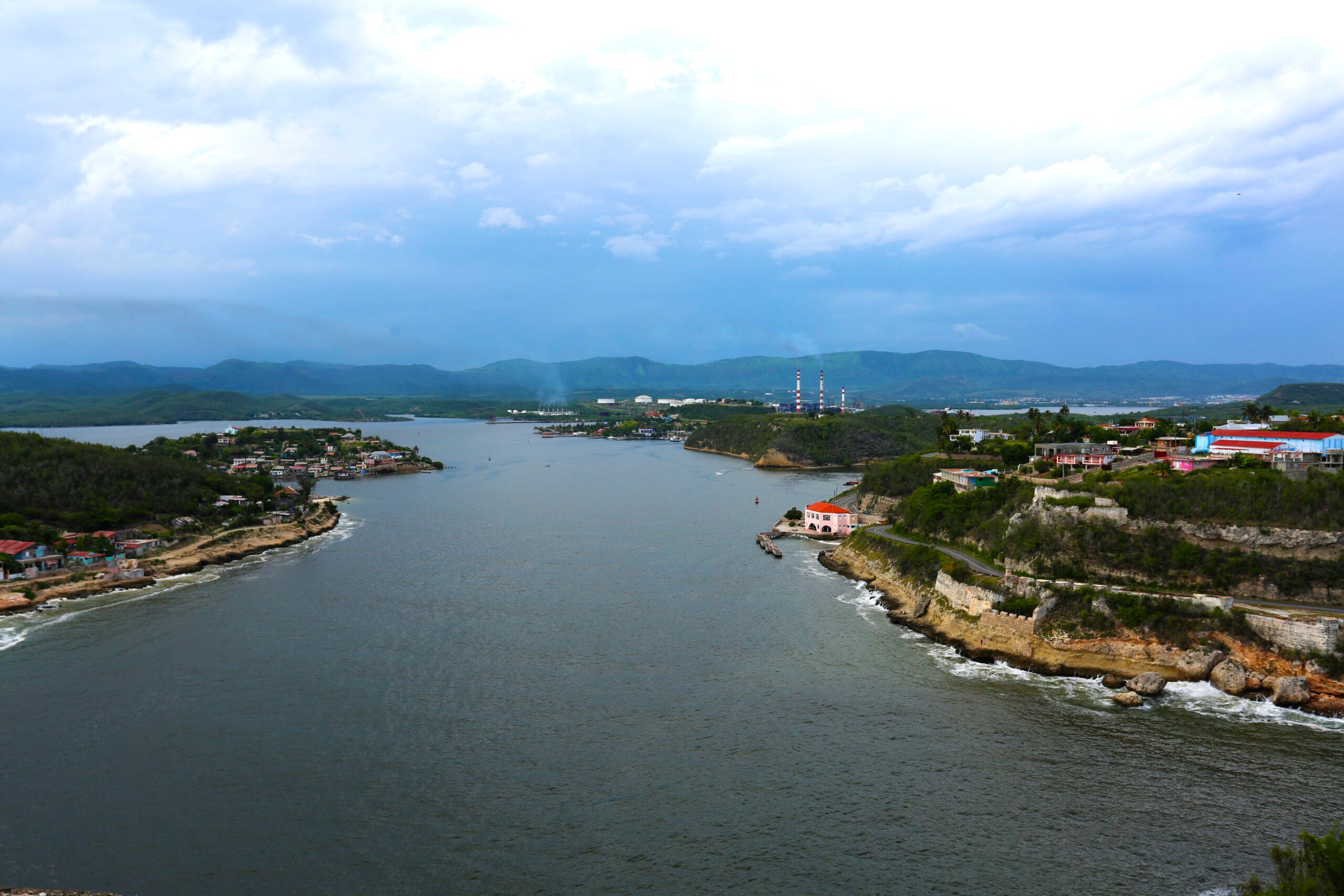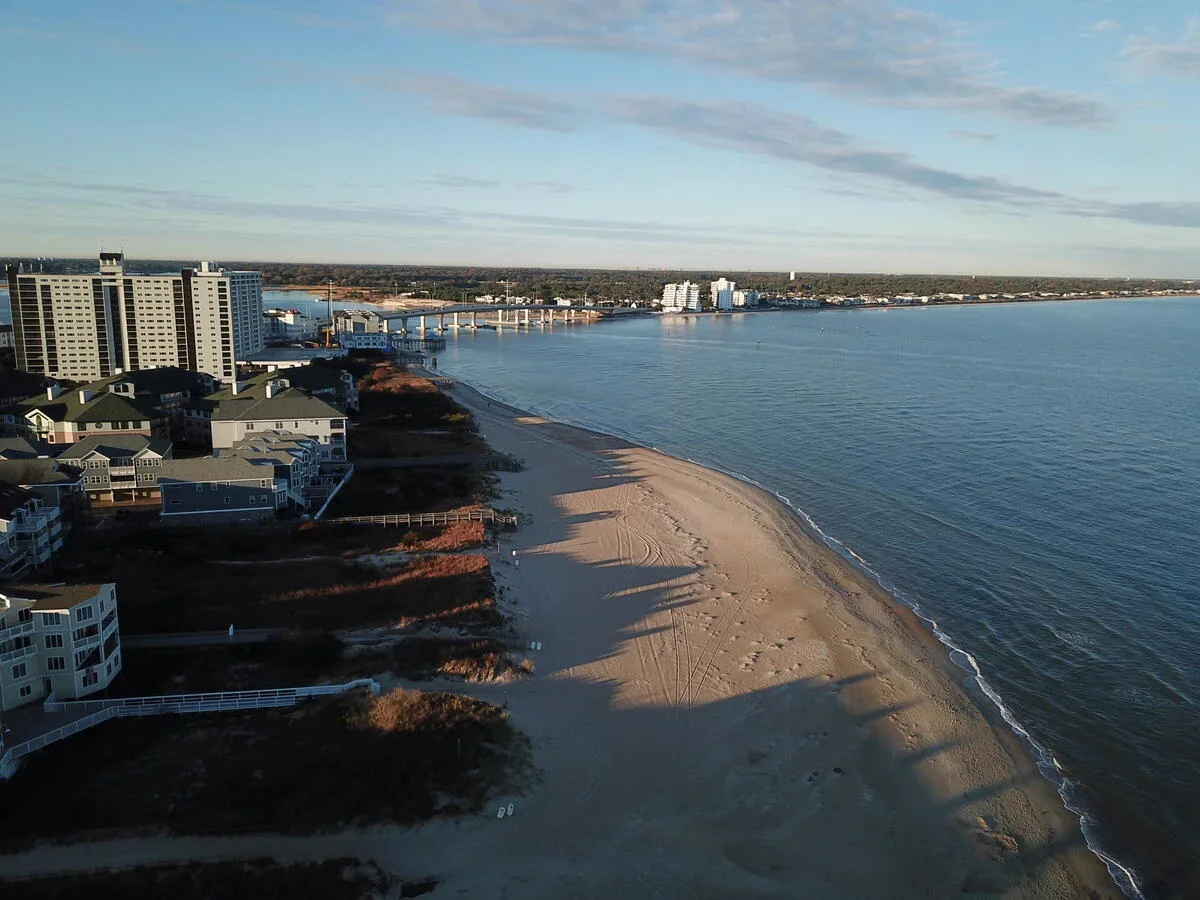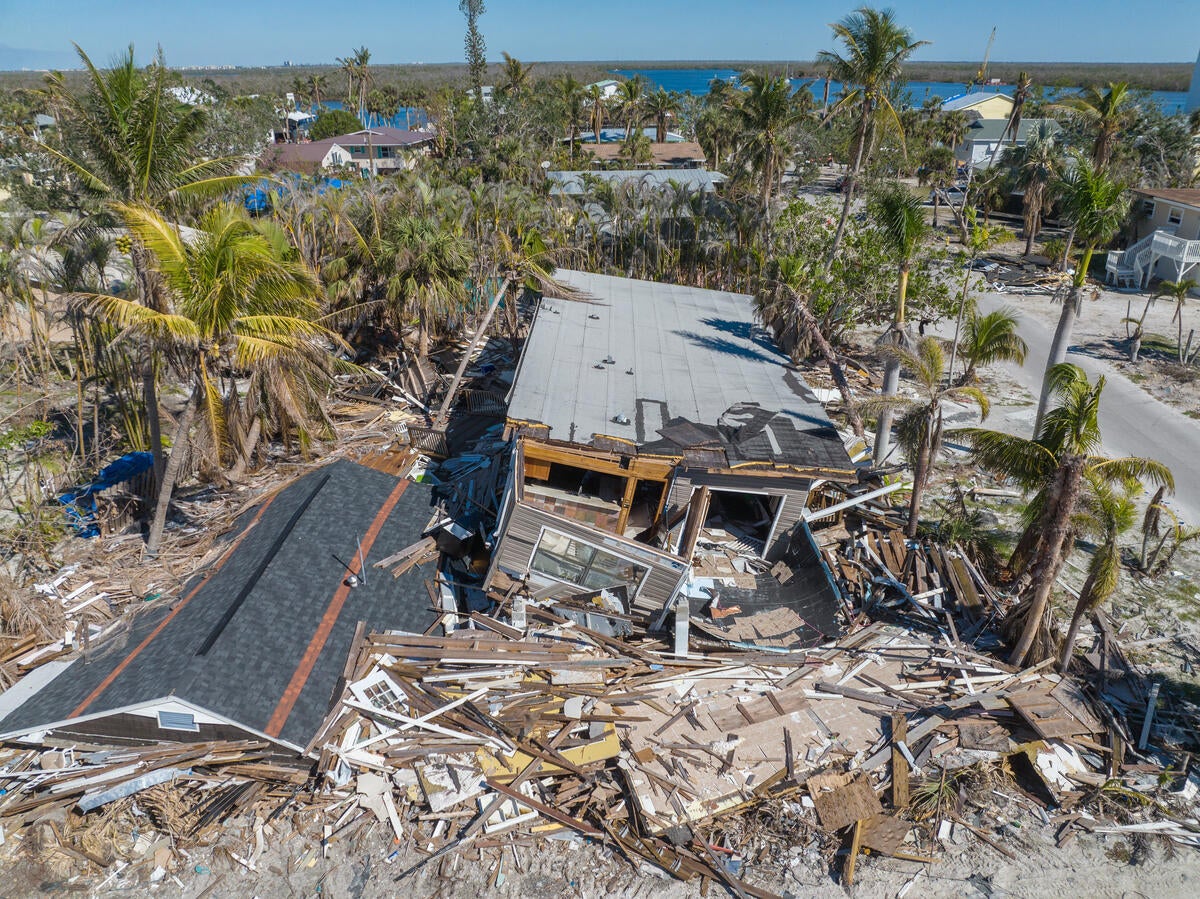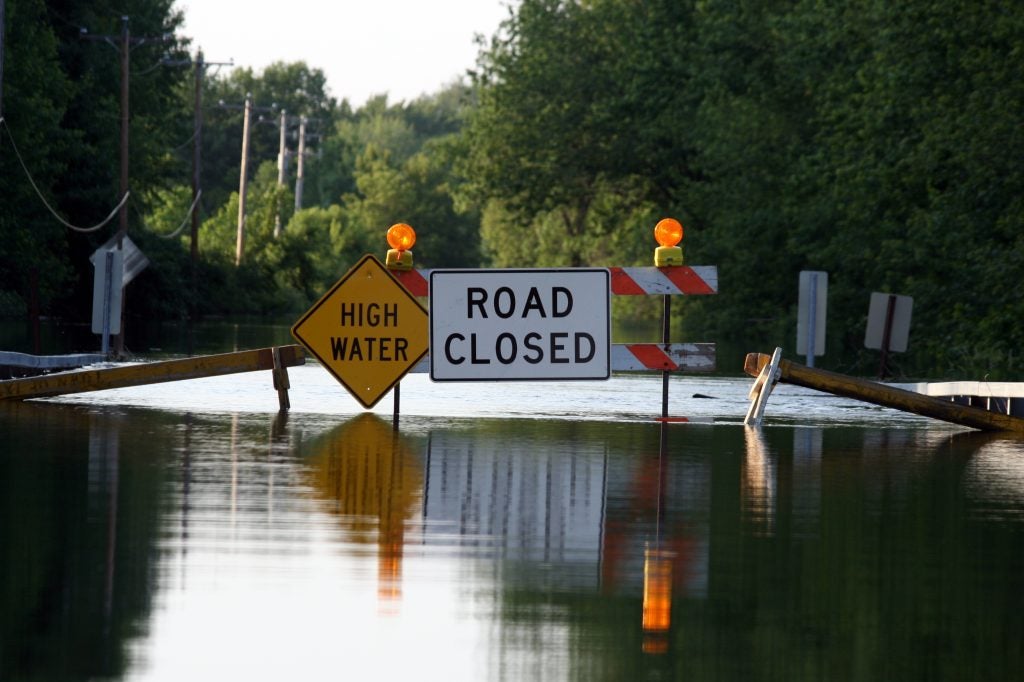Over the past five years, North Carolina communities have endured storm after storm. From the estimated $16 billion of damage caused by the powerful forces of Hurricane Florence to excessive rainfall that engulfed mountain towns during Tropical Storm Fred to the lasting impacts from various unnamed storms, we’ve seen firsthand how flooding disasters are changing North Carolina and its communities.
Now, more than ever, new approaches are required to address the increasing rate and severity of extreme rain events in North Carolina to safeguard communities, ecosystems and local economies. One way to reduce these risks is to build flood resilience across the state, an effort that has proven to save $6 for every $1 spent pre-disaster.
North Carolina’s Department of Environmental Quality (DEQ) is developing the state’s first-ever Flood Resiliency Blueprint in collaboration with numerous stakeholders, including Environmental Defense Fund (EDF), conservation partners, agricultural organizations, business representatives and local governments. And we are thrilled to celebrate the release of DEQ’s draft plan, which was presented to the General Assembly on January 23.
At the Joint Legislative Commission on Government Operations Hurricane Response and Recovery subcommittee, DEQ Secretary Elizabeth Biser envisioned that “five years from now, other states will be looking to North Carolina because our process lets communities get back to day to day living quicker after storm events.” The Blueprint is a big step forward, resulting in a massive statewide effort dedicated to building resilient communities equipped to reduce and manage flood risk and vulnerabilities.










